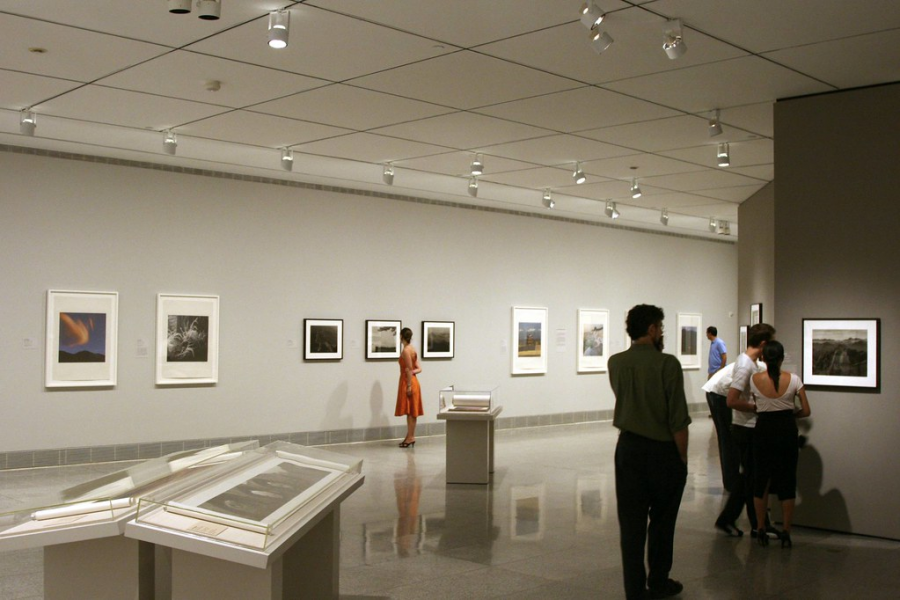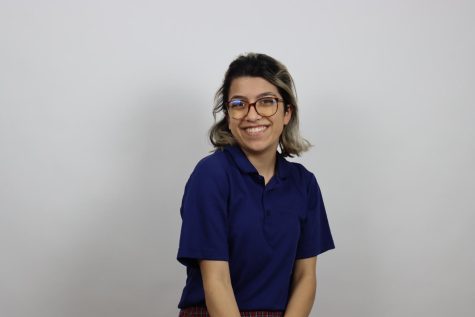Freshmen visit museum on history field trip
Freshmen visited the Museum of Fine Arts on Oct. 8 for a history field trip.
November 4, 2019
History faculty revived the tradition of a Class 9 field trip on Oct. 8 to the Museum of Fine Arts after it was removed from the curriculum four years ago.
The goal of the trip was to give students another perspective on Asian and Middle Eastern topics that they are studying in Global Issues in Historical Context.
“History is more than just looking in the pages of the textbook,” history teacher Tav Tavakoli said. “It’s interacting with something that someone created with their own hands thousands of years ago.”
Tavakoli wanted students to gain a better understanding of the importance of art throughout history and how different cultures use art as a form of self-expression. He looks forward to using what students learned to enrich future units.
“Now we have a frame of reference,” Tavakoli said, “so when we’re learning about Islamic or African history, we can refer back to the artifacts that we saw.”
Students were encouraged to reflect what pieces stood out to them. For some, the trip offered tangible inspiration for their cumulative research project, where students choose a topic to study and write a paper on.
Freshman Mia Harris drew inspiration from the contemporary Chinese gunpowder wall, “Odyssey” by Cai Guo-Qiang. The piece was made by igniting gunpowder on a long sheet of paper, creating a landscape imprint that covers an entire gallery room in the Museum of Fine Arts.
“I really liked the technique—it was something that you don’t see everyday,” Harris said.
Students also enjoyed the “Art of Islamic Lands” exhibit, which showcased paintings of Persian beauty standards as well as tiny ornate sculptures. Being able to see the art and sculptures brought a new sense of emotion to students about their topics. The ornate and lavish art pieces in the exhibit caught the eye of many, including freshman Claire Schwanaeur.
“There was this religious book, and they used gold to highlight important aspects of the texts,” Shwanaeur said. The book showed how the importance of how deeply faith affects history, even today. Other popular pieces were an 85-carat emerald inscribed with religious text and a golden bird pendant from India embedded with rubies.
Although they enjoyed the field trip, because students were only informed of the trip once a few weeks prior, many students forgot they wouldn’t be having class. Some rushed to finish assignments while others groaned about visiting an art museum for three hours without their phones.
“I had my biology test that day, and I was counting on my 80-minute study hall to review, but I didn’t have time to do that,” Shwanauer said.
Although they missed three hours of class time, students thought the trip was a fun and worthwhile experience.
“It was nice to get out of the history room for a little while and get a different take on what we’re learning at the moment,” Harris said.






